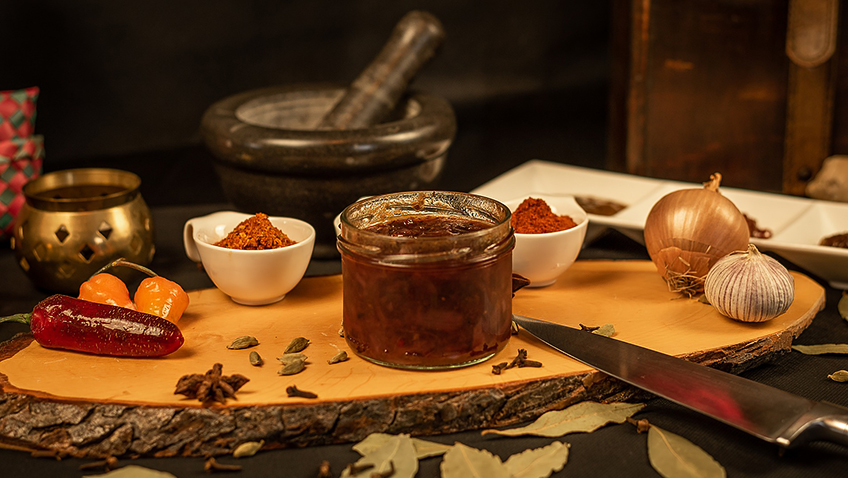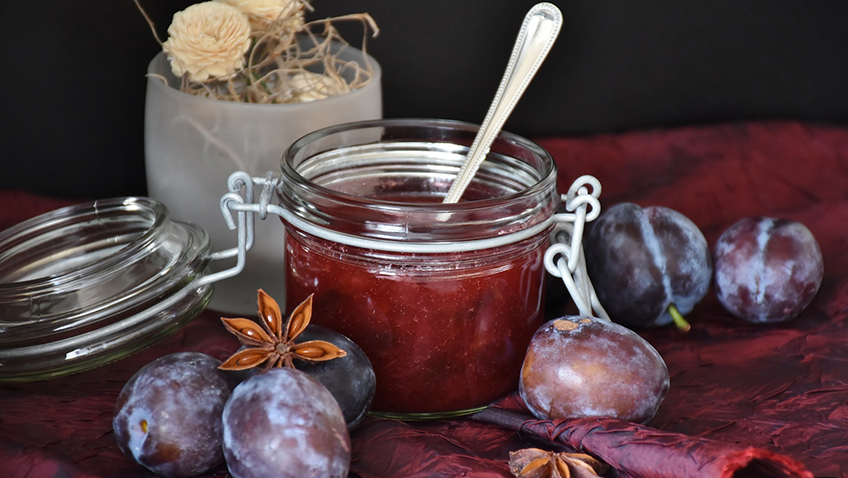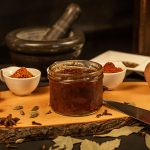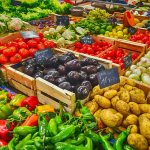Autumn is the time of year when our gardens and greenhouses produce a glut of fruits and vegetables, and when our hedgerows are full of berries.
It will come as no surprise that it is now that many people set about the traditional craft of making jams and preserves. You might be experienced at doing this yourself and it may be a staple of your autumn calendar, but if you’re not familiar with doing it and would like to try your hand at making preserves, how do you start?
The first thing to do is to work out what you have a surplus of. Apples, blackberries, strawberries or damsons – or any other soft fruit – along with tomatoes, runner beans or courgettes all make excellent jams and chutney. If you have a crab apple tree and have always wondered what to do with the fruits, now’s the chance to create something delicious.
Whatever you have will determine what you make. You might want to make a jam with those surplus fruits, a chutney with the surplus vegetables or a jelly with those crab apples.
So what do you need?
You only need a few basic implements to get started. Once you have identified what you want to preserve then you need to find a recipe. Many of us have an old recipe book knocking about so have a look to see what recipes might be hidden in its depths. You may have a friend or neighbour who is a dab hand at jams and chutneys so ask them nicely for their recipe. Alternatively, there are plenty available on the internet, so do your research and find one that you are reasonably confident that you can follow.
You will then need a preserving pan (if you don’t have one a large saucepan will do); a long handled wooden spoon; a jam makers thermometer (which are readily available in cook shops and supermarkets if you don’t already have one); and a jam funnel (a wide funnel that makes getting the preserve into the jar a whole lot easier). Finally, you will need some jars to store your finished produce in. There’s no need to buy these as second hand or used ones are fine provided they have been properly sterilised – a chance to do your own recycling. You’ll need some waxed jam seals and some labels so that you know what you have made and when. If you are making a jelly you will also need a straining bag, again these things are readily available at cook shops or on-line.
When making jams and, jellies you will need sugar and sometimes pectin, the exact amount will differ from recipe to recipe. Sugar is used to sweeten the jams and preserves, but it also acts as a preservative whilst the pectin – together with the natural acids that are present in the fruit and vegetables – will set the jam or preserve once it has been boiled for long enough and has reached its setting point. Don’t be afraid of this term – this is when the jam comes together to create a set preserve when cooled. There are a number of ways to do this and again, check your recipe books and the internet for helpful hints and tips. As well as sugar, most chutney recipes also call for vinegar and sometimes spices. Chutney doesn’t set in the same way as jams and jellies and your recipe will tell you how to judge when chutney is ready for putting into jars.
You then need to follow the recipe, bring the mixture to the boil and let the ingredients do their magic as they meld and bubble together to produce the finished product. When you are confident that you have the desired setting point (for jams and jellies) or that the chutney is the right consistency, then you have finished and you can then transfer the produce to the sterilised jars and let it cool.
It is important to sterilise any jars you use to prevent germs from contaminating the preserves. To do this you should first of all wash them in warm soapy water, rinse them well under a hot tap to remove all the traces of the soap, and then put them in the oven and heat them for about 20 minutes, or until you are ready to fill them. Always make sure you have warm jars when you are transferring warm jams and preserves into them – if they are cold you risk the chance of them cracking as the hot produce is added.
And don’t worry too much if you get it a bit wrong and what you end up with doesn’t set properly. This will simply be because you didn’t let it boil long enough before transferring it to the jars. If it doesn’t set properly it will still taste good and you can still use it – it just might be a bit runny on your toast or with your cheese and cold meats!
So, if you’ve never tried making preserves why not give it a go – you might be pleasantly surprised by the results!




